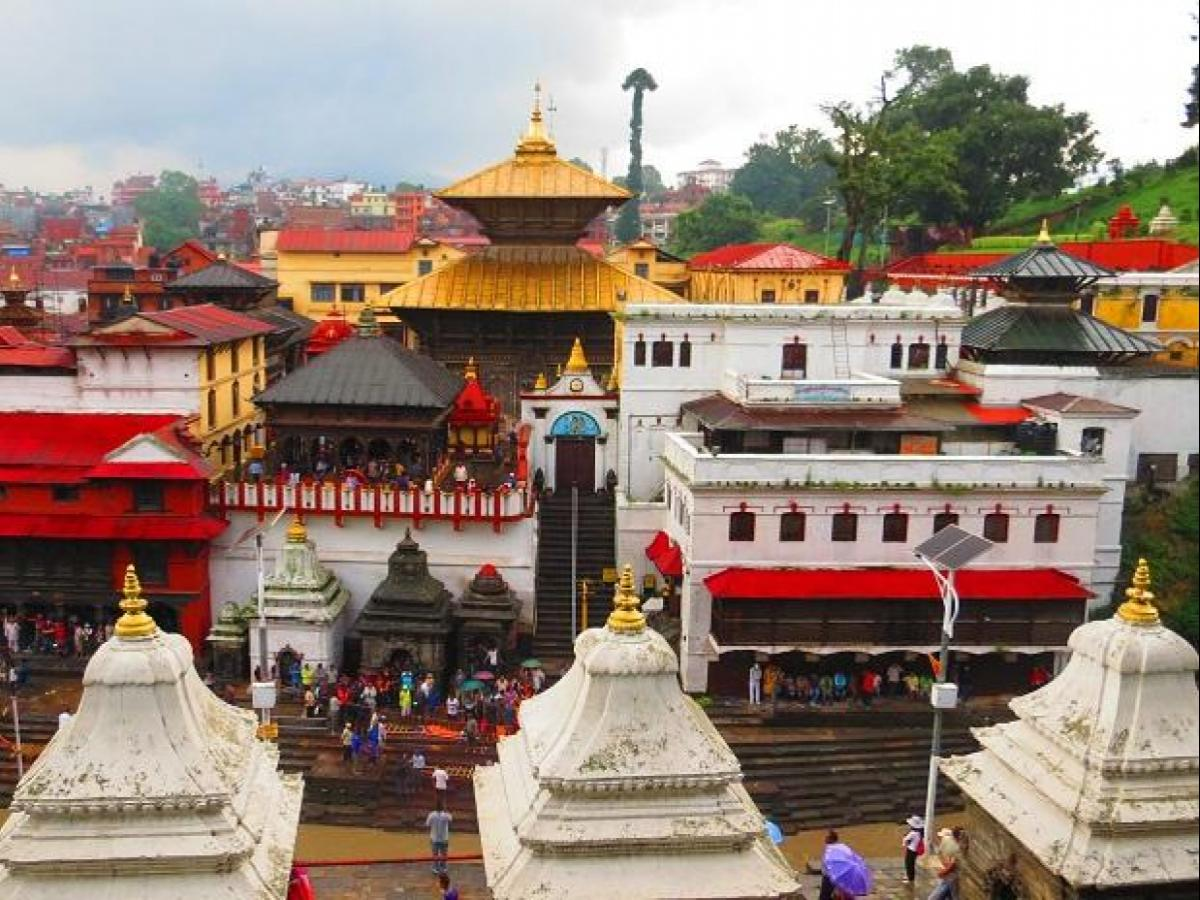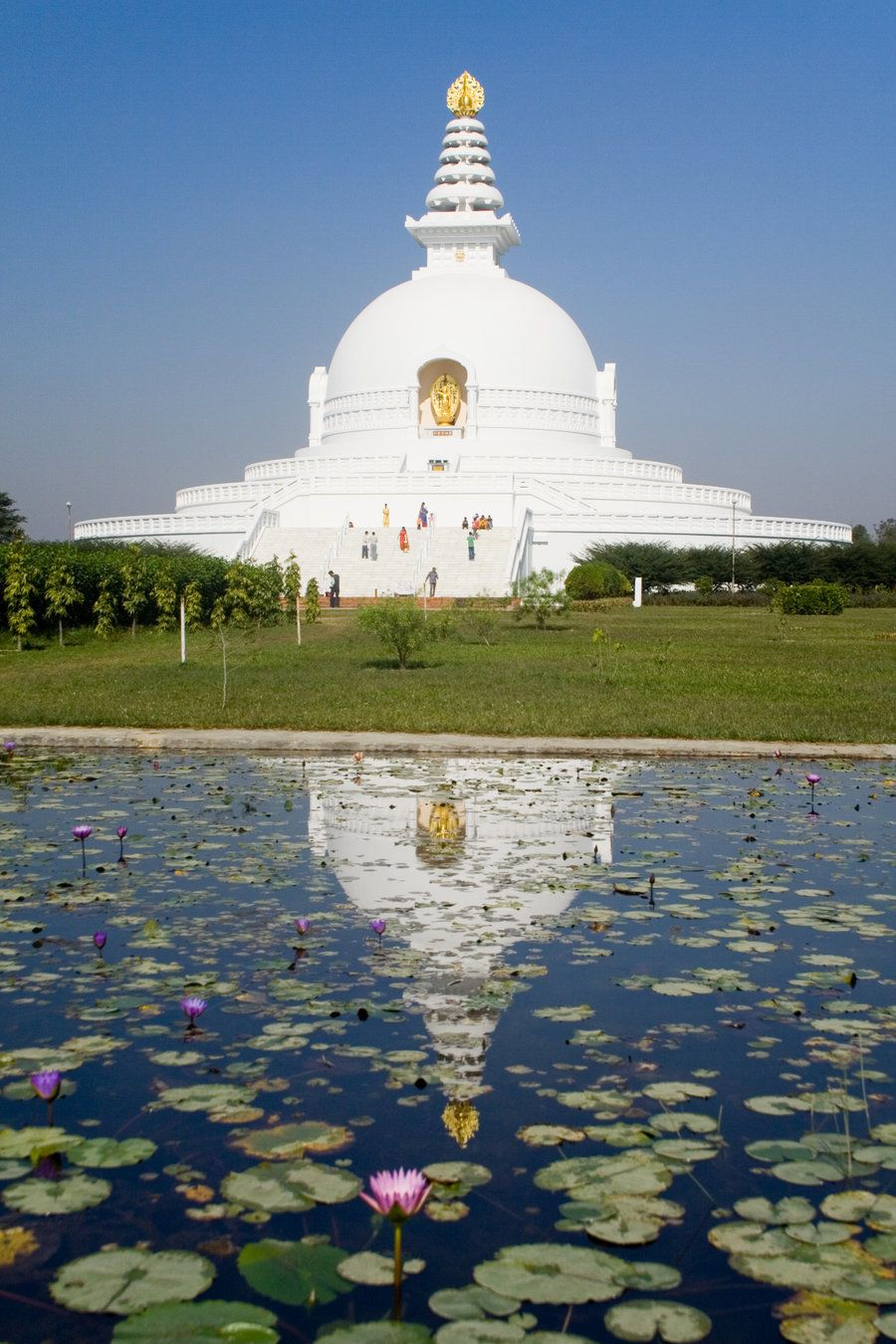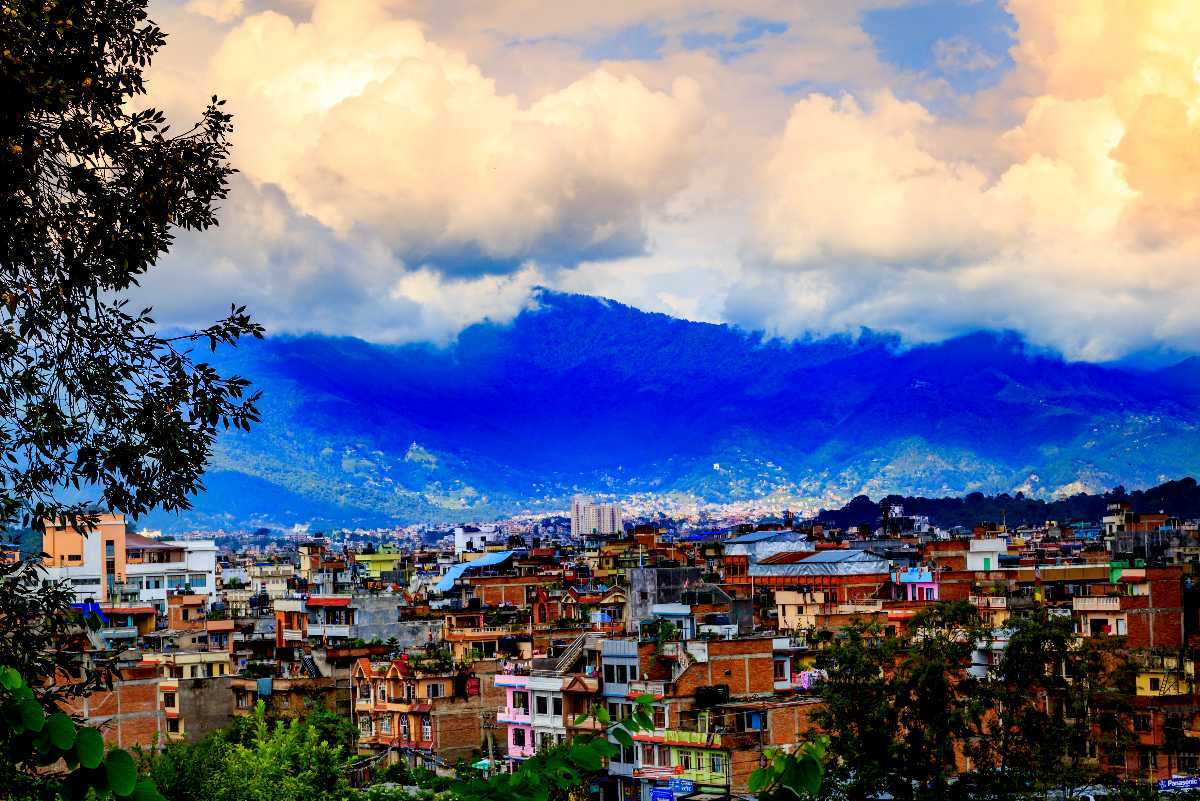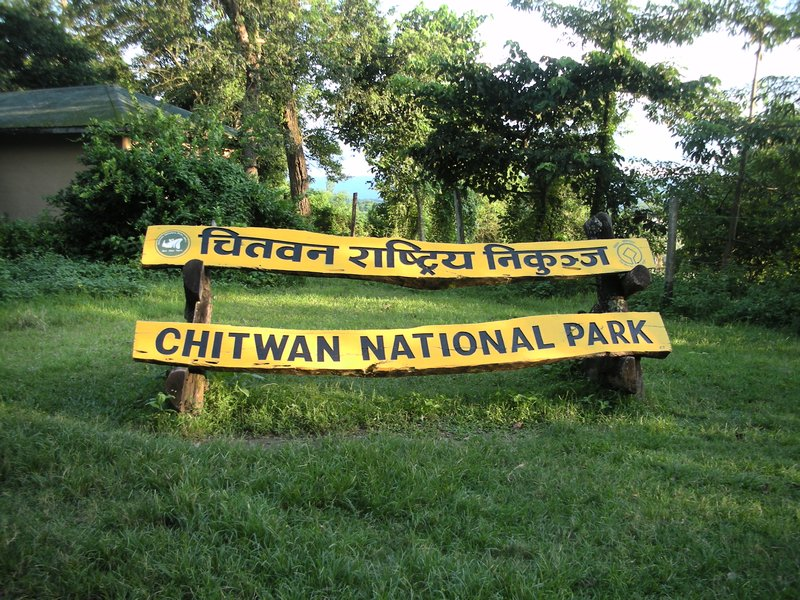NEPAL

Few people are aware of the country’s untamed faunal surprises that are concealed among its dense vegetation. Nepal is home to an incredibly diverse range of lush landscapes, flourishing wildlife, and rare bird species. These creatures include rhinos, tigers, and unique bird species.
Nepal provides everything for individuals who want to have a unique experience, whether you’re the type who enjoys ski boarding down Nepal’s difficult slopes or someone who prefers keeping in touch with nature.
There is a lot to see, experience, and discover in Nepal, whether you choose to rent a mountain bike or stay in an opulent lodge at the top of a mountain.
Places to visit
Pashupatinath Temple

In the 19th century, the Pashupatinath Temple was constructed. It is the biggest Hindu temple in Nepal and one of the most significant Hindu temples in Kathmandu. It has been listed on the World Cultural Heritage List and is one of the four principal temples to Lord Shiva in South Asia. No non-Hindus are permitted in the main hall. Pati means “lord,” while Pashu means “all beings.” For Nepalese, the Pashupatinath Temple, also referred to as the “Temple of Burning Corpse,” signifies both the beginning and the end of life. Outside the Temple, there are six stone cremation platforms where Nepalese Hindus perform open-air cremations. Additionally, monks have used it as a place of worship.
Lumbini

Explore the area where Buddha spent his early years as Prince Siddhartha and follow in his footsteps. Here at Lumbini, the exact location of Buddha’s birth is marked, making this place one of the holiest places on earth. Lumbini literally translates as “The Lovely” in Sanskrit, and it lives up to that term! People go from all over the world to this centre of Buddhism in order to learn more about Buddhism, meditate, practice yoga, go on treks, study the scriptures, and discover inner peace.
Kathmandu

The capital and greatest city of Nepal, Kathmandu, is unlike any other place on earth. The vibrant energy that pervades the streets contrasts sharply with the fading buildings in the centre of the city. Durbar Square, the largest of the palace squares in the three royal capitals and a UNESCO World Heritage Site, has long been the focal point of Kathmandu. Here, one can find temples and monuments of various sizes, styles, and religious beliefs.
Chitwan National Park

“Chitwan Royal National Park” is the official name of Chitwan National Park. It is situated in the Terai Lowlands of southern Nepal, in a protected area. In the Himalayan slopes between India and Nepal, it is one of the few remaining undeveloped natural places. Additionally, it serves as one of the remaining refuges for Bengal tigers and the endangered Asian one-horned rhinoceros. There are lush bamboo forests, kapok trees, Sal trees, and crimson flower ferns in the park that are known as “Forest Flame.” For a time, it served as the exclusive hunting ground for the royal Nepalese and their notable guests. It was added to the UNESCO World Heritage Site list in 1973.
Baudhnath Stupa

On the historic trade route connecting Tibet and Nepal is where you’ll find Boudha Stupa. It is the largest round stupa in the world and a treasure of world culture. The stupa was initially constructed during the Songtsen Gampo era. The bowl-shaped pagoda draped in white bears enormous Buddha eyes on all sides, signifying that the Dharma is limitless and omnipresent. The five elements, earth, water, fire, air, and sphere, which are also the characteristics of the five Buddhas, are each represented by a different shape.



